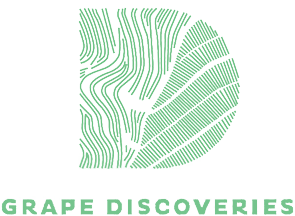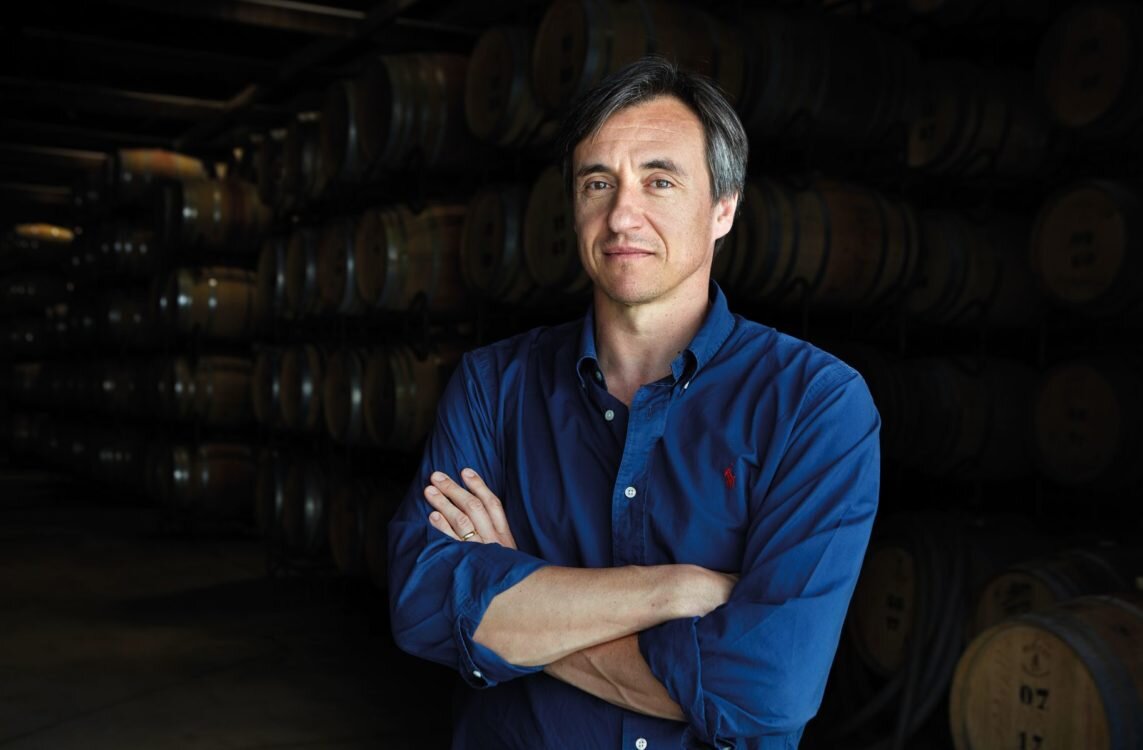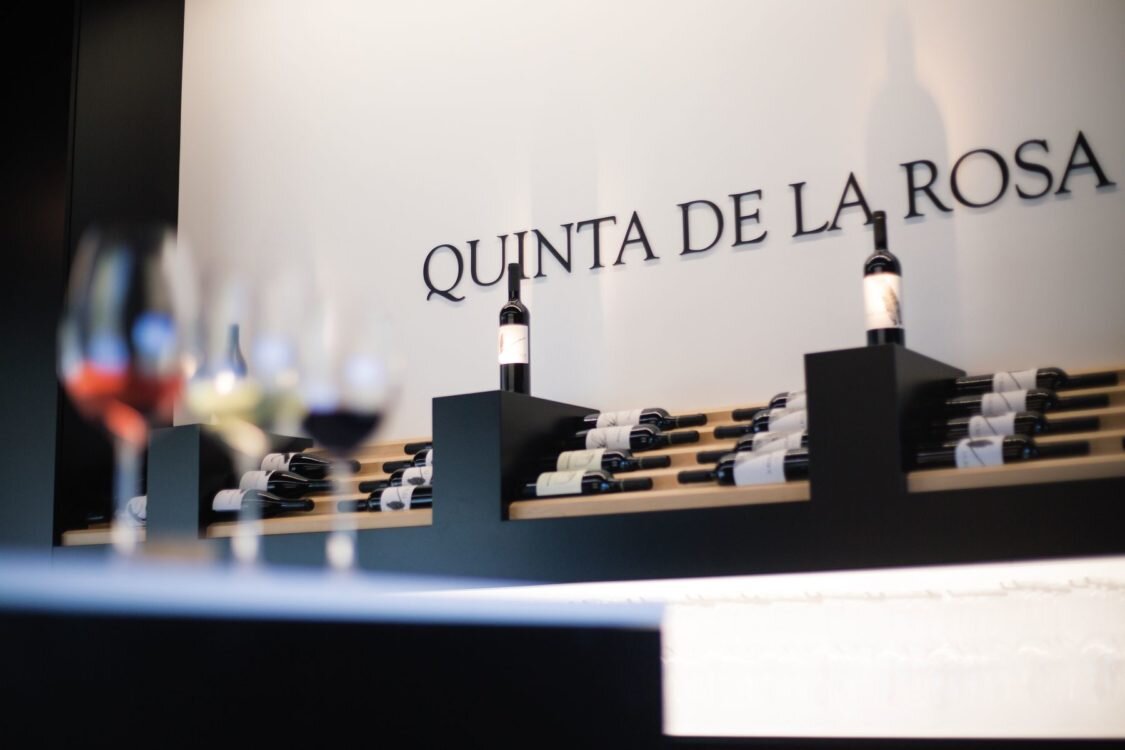A Douro Trailblazer: An interview with winemaker Jorge Moreira
Quinta de la Rosa
In a region where winemaking is often a family tradition, Jorge Moreira is an exception. After school, he fell into an oenology course in Vila Real practically by chance. Upon graduating, and not yet passionate about the profession, Moreira went to work for his brother-in-law, who owned a wood-burning stove business.
Jorge Moreira
In the end, his father, who had funded his oenology course, persuaded him to experience a grape harvest at Real Companhia Velha, Portugal’s oldest company. As the venerable giant of Portuguese wine was not prepared to take on grape pickers without grounding in the business, Moreira accepted a full-time job. Guided by American consultant Jerry Luper, Real Companhia Velha was in a transitional moment, using knowledge acquired from making vintage Port to create a fine wine division and produce elegant and balanced wines. “I fell in love with the job,” Moreira recalls.
The young oenologist had another lucky encounter, this time with a neighbour, Dirk Niepoort, the descendent of a Port wine dynasty just beginning the dry-wine experiments that would make him a Douro legend. Jorge Serôdio Borges (who subsequently founded the Wine & Soul winery with Sandra Tavares da Silva) was at the time working for Niepoort, and the three men met frequently to taste wines from the New World, France and Italy. Their ambition was to produce fresh and elegant wines, with good acidity and the capacity to age; wines of character that would best tell the story of their terroir.
Despite being the rising star of the Real Companhia Velha oenology department, Moreira was not entirely satisfied. How, he wondered, could he be a great winemaker if he had no experience in vineyards? The answer was Quinta do Poeira, a three-hectare prime vineyard above Pinhão where, in 2001, he created his first labelled wine. The following year, Moreira had an opportunity to exercise his talents at a larger wine property, the neighbouring Quinta de la Rosa, with its 50 hectares of vineyards extending from the Douro River up to an altitude of 500 metres.
Quinta de la Rosa
Today, he is still the chief winemaker at this Quinta, and with his different ventures, makes an impressive 60 wines each year. He says he does this through “listening to the vineyards”, and that the “diversity in the Douro is unbelievable”. He believes that, for a better informed and more curious consumer market, this diversity will be to the Douro’s advantage, in the long run.
Moreira explains the Douro’s strength lies in its unique grape varieties, which provide limitless winemaking possibilities. He is emphatic that it is pointless to use a winemaker’s talents to replicate wine styles produced elsewhere in the world.
“We need to preserve the character, flavour and structure of our own grape varieties.”
When asked what oenological peak he would like to climb now, he replies he is enjoying rediscovering old Portuguese varietals, in a wine region where he believes almost everything is possible. The challenge is to retain the rich complexity and exuberance of a hot wine region, capable of deep maturation, with the freshness, acidity and tension of a cool wine region.
Unlike several Douro wine producers, Moreira is not overly concerned by climate change. “We are particularly well prepared for global warming here. The Douro was always hot and dry, and the schist soil allows the vine roots to go very deep to find moisture. The older vines do not need irrigation, although admittedly the younger ones do suffer.” Climate change is affecting production though, down by 30% in 2017. Despite the last three vintages, between 2016-2018, being exceptionally hot, it has still been possible to make some outstanding wines.
Vale do Inferno
Moreira is however concerned about the price of Douro wines: “We need to sell wines at a price that allows us to make money.” This is a region in which the yield per hectare is extremely low, and when you factor in the impossibility of mechanised harvesting and international markets that react negatively to even the slightest price increase for entry level wines, producers have very little margin for manoeuvre. But there is good news. The tourism boom currently enjoyed by Portugal is providing stronger recognition. The country is now a robust brand and visitors are returning to their countries enthusiastic about the wines they have tasted.
This year, Moreira released a 2009 Poeira. He is convinced the way forward for Douro wines is to demonstrate their potential for ageing. This will make it possible to position vintages alongside Bordeaux, Burgundy and the best Italian wines, to gradually permit the rise in prices and make winemaking in the Douro more sustainable.
Originally published in Essential Algarve, August 2019





